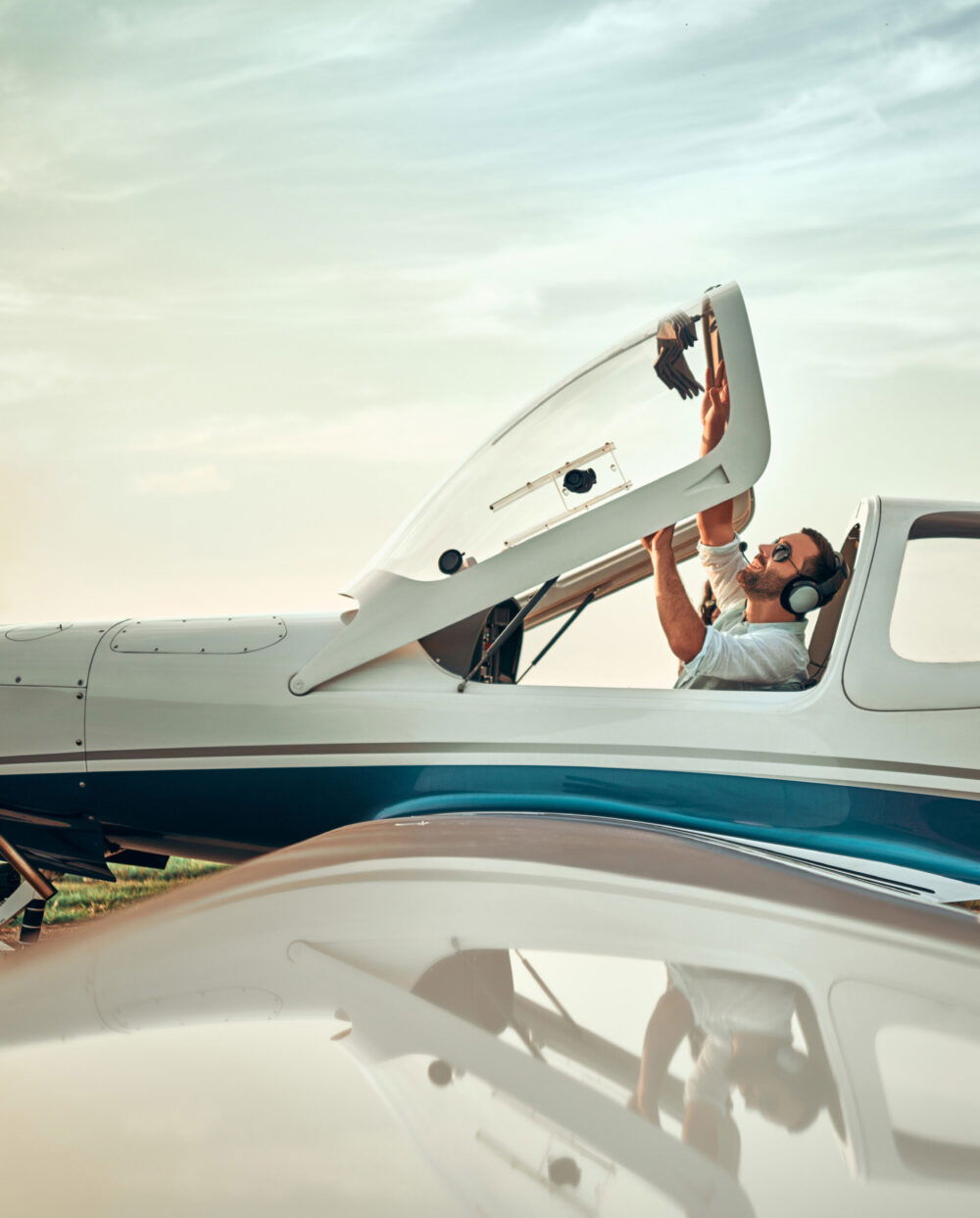Researchers at the University of Maryland are developing new technology meant to help pilots avoid disorientation while flying.
Spatial disorientation in aviation occurs when pilots can no longer determine their position or accurately judge motion, in some cases due to challenging weather conditions and poor visibility.
According to the FAA, pilot disorientation causes 5-10 percent of all general aviation (GA) accidents—and 90 percent of those are fatal. The problem is believed to have contributed to the airplane crashes that killed John F. Kennedy Jr. and wife Caroline Kennedy, and NBA star Kobe Bryant.
The researchers believe they can help pilots reorient themselves with vibrations from a specially designed flight suit or vest, or possibly from a seat. It would operate similarly to lane departure warnings now built into many automobiles.
“The pilots typically fly through two primary sensor cues, which are vision and equilibrium,” professor and lead researcher Umberto Saetti recently told CBS News. “Basically, the suit provides another sensory cue to try and deconflict the conflicts that may arise from reading their instruments and whatever the pilot is feeling.”
In a video documenting the university’s work, Michael Marcos, a graduate research assistant, said the team is exploring vibrations because people process haptic, or touch-based, input faster than audio and visual cues.
The video shows pilots using a preliminary haptic system while using a flight simulator.
“Imagine that the aircraft is rolling to the right and it should not,” Saetti said. “Then the pilot will feel a haptic sensation on the left shoulder to indicate that they should be rolling back to the left. If the aircraft is banked pretty steeply to the right, then the sensation will be pretty strong.”
Early test results from pilots using the simulator have been positive, the research team said.
“It was really surprising for us to see that the pilots actually reacted faster using haptics rather than vision only,” Saetti said. “Whenever they were flying at night or throughout the clouds, they relied on haptic feedback to hold altitude. And hearing from the pilot that they weren’t relying on vision anymore to fly was both surprising and particularly pleasing because it meant that these ideas actually turned out to be useful.”
The University of Maryland researchers hope to eventually test their suits on pilots during actual flights.




